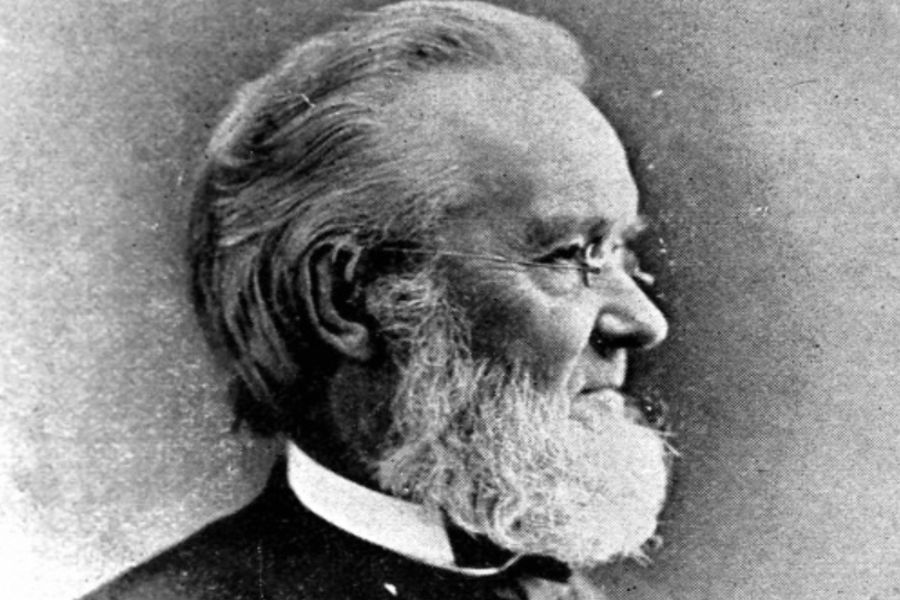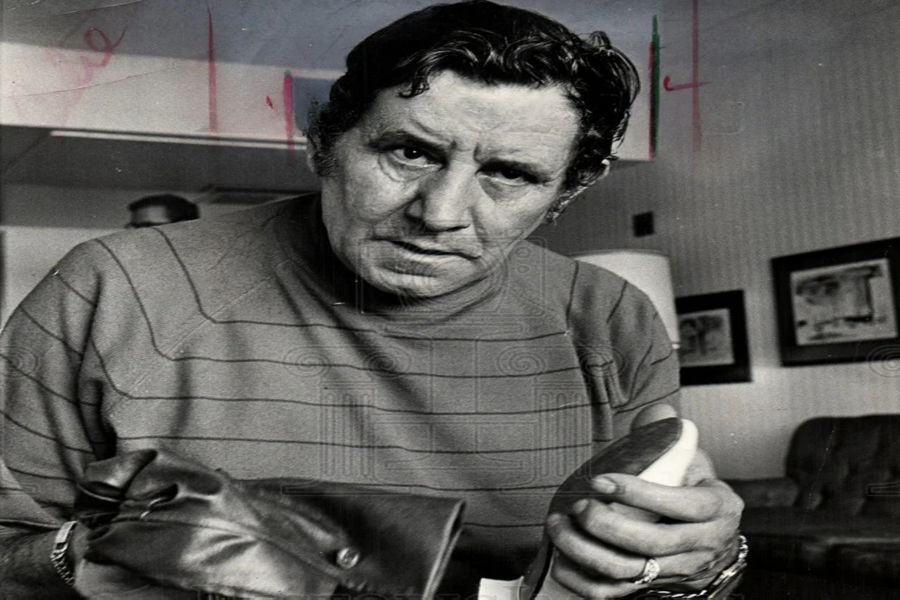Psychometry is a psychic ability in which a person, known as a psychometrist, can sense or “read” the history of an object through touch. By holding or touching an object, the psychometrist may receive impressions or visions about the object’s past, its owners, or significant events related to it. This ability is often considered a form of extrasensory perception (ESP) and is sometimes referred to as “token-object reading.”
History and Origins:
The term “psychometry” was coined in 1842 by American physician Joseph Rodes Buchanan, who believed all objects hold a form of energy or essence from their past. Buchanan theorized that sensitive individuals could access this energy and “read” the history embedded within the object. He conducted experiments, asking subjects to hold objects while describing their histories, they often did so with striking accuracy.
Though the concept of psychometry has roots in spiritualism and occult traditions, it gained prominence in the 19th and early 20th centuries, particularly during the spiritualist movement. During this time, many mediums claimed to possess psychometric abilities and offered their services to those seeking information about lost loved ones or personal items.

How Psychometry Works
Psychometrists believe that objects retain energetic imprints from the people who have handled them or from significant events they have been involved in. These imprints are thought to be readable by individuals with heightened sensitivity or psychic abilities. Typically, a psychometrist will hold an object—such as a piece of jewelry, a photograph, or an item of clothing—and enter a meditative or focused state. They may then receive impressions, which can come in the form of mental images, feelings, sounds, or even smells.
While psychometrists often claim to access information about past events or emotions connected to an object, some believe that psychometry can also reveal insights into the future, depending on the strength of the energy connected to the item.
Notable Cases and Usage:
Psychometry has been used in various contexts, from paranormal investigations to missing persons cases. One famous figure known for using psychometry is Peter Hurkos, who claimed to help police solve crimes by touching objects related to the case, such as personal items belonging to victims or suspects. Hurkos’ use of psychometry in high-profile cases, such as the Boston Strangler investigation, brought attention to the practice, although it has remained controversial within law enforcement.
In more recent times, psychometry is often associated with spiritualist practices and psychic readings. Some psychics use the ability to help individuals uncover hidden aspects of their past or to provide closure regarding lost loved ones by holding sentimental objects.

Cultural Impact:
Psychometry has appeared in various forms of popular culture, often as a tool for psychic detectives in books, television shows, and movies. In fiction, characters with psychometric abilities are portrayed as being able to uncover hidden truths or solve crimes by merely touching an object. This portrayal has helped keep psychometry in the public imagination, despite its controversial nature in real-world applications.
Psychometry remains a fascinating and mysterious aspect of psychic phenomena. While it has not gained widespread acceptance in scientific circles, its enduring presence in paranormal investigations, spiritual practices, and popular culture reflects humanity’s ongoing curiosity about the unseen forces that may influence our world.